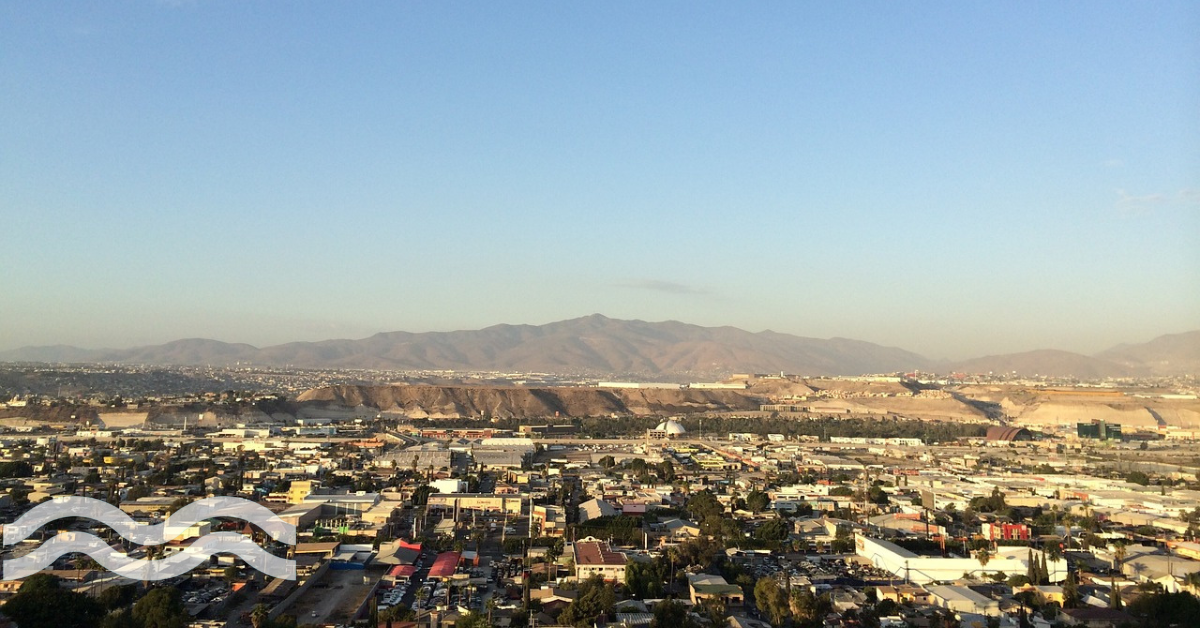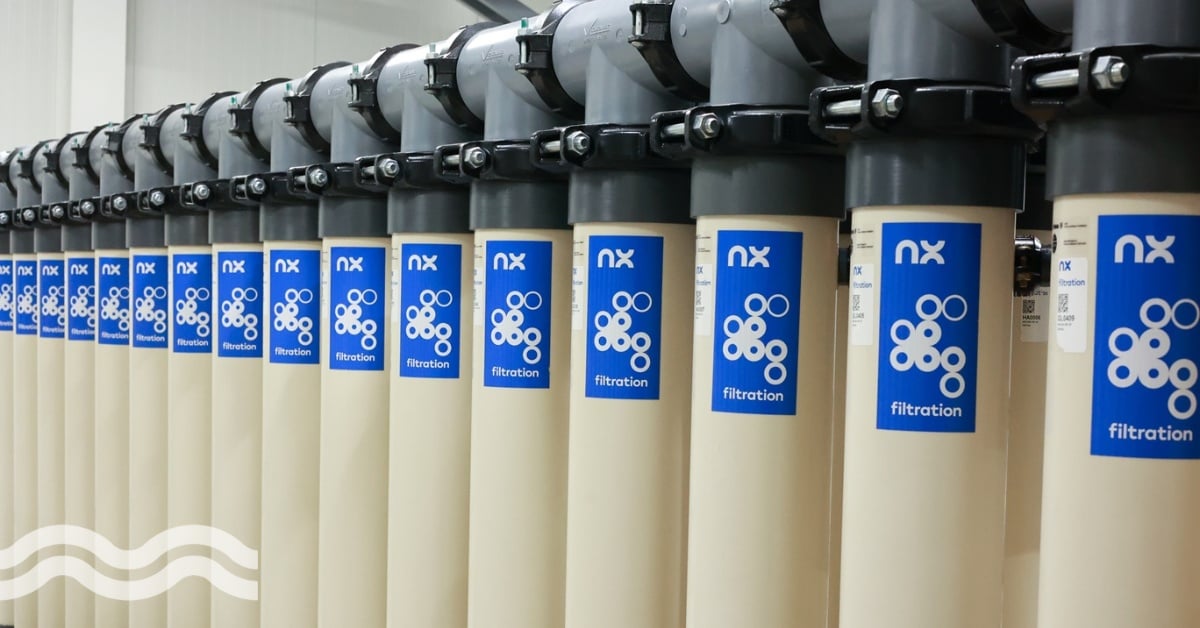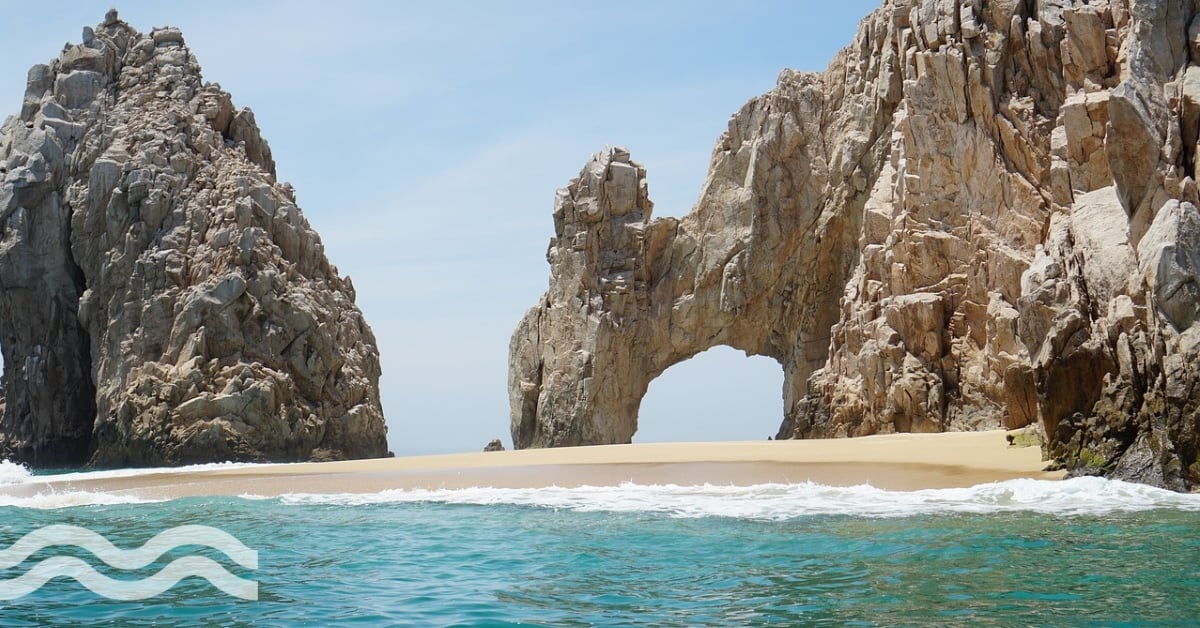
Mexico recently began the construction of a crucial replacement for the ailing San Antonio de los Buenos wastewater treatment plant in Baja, California, a development that is desperately needed for several reasons.
Major contributor to water pollution
The existing facility, located in Punta Bandera, has long been a major contributor to water pollution in the region, releasing millions of gallons of untreated sewage into the ocean daily, thereby fouling the shorelines of both San Diego and Tijuana, according to The San Diego Union-Tribune.
The new wastewater treatment plant, estimated at $33 million and entirely funded by Mexico, is set to play a pivotal role in addressing these environmental challenges.
With outdated lagoons being replaced by a state-of-the-art facility featuring an oxidation ditch system and a 656-foot ocean outfall, the plant will have a daily capacity of 68,137 cubic metres.
The project is slated to come online by September this year, with Baja California Gov. Marina del Pilar Ávila Olmeda quoted by The San Diego Union-Tribune as saying: “The promise is that on the last day of September, this treatment plant will be working.”
This advancement is expected to dramatically reduce the discharge of sewage, ensuring cleaner water and eliminating the need for beach closures, as emphasised by Baja California Governor Marina del Pilar Ávila Olmeda.
Tijuana's communities
The impact of this project extends beyond environmental considerations. For Tijuana's communities, especially those in poorer areas currently unconnected to the city's sewer system, the new plant represents a lifeline.
The urgent need for improved wastewater treatment capacity highlights the challenges faced by these communities, and the completion of the project is anticipated to improve public health, access to clean water, and overall quality of life.
However, looking at the broader context of wastewater treatment capacity in Mexico, challenges persist. Tijuana's facilities, despite ongoing initiatives, struggle to keep pace with population growth, leading to the continued presence of unconnected communities and strained infrastructure. This situation is not unique to Tijuana, raising concerns about the overall government focus, or potential lack thereof, on wastewater treatment capacity across Mexico.
Mexico faces significant challenges related to water management, with a range of issues impacting both quantity and quality. Rapid urbanisation, population growth, and insufficient infrastructure have strained water resources, leading to a situation where a substantial portion of the population lacks access to safe and reliable water supply and sanitation services.
No access to clean drinking water
According to reports, approximately 10 million people in Mexico do not have access to clean drinking water, while over 20 million people lack access to adequate sanitation facilities. This disparity is particularly evident in rural areas and marginalised urban communities, where inadequate infrastructure contributes to waterborne diseases and hampers overall well-being.
Furthermore, ageing and inefficient water treatment plants in various regions of the country pose a threat to water quality, contributing to contamination issues that impact both human health and the environment.


